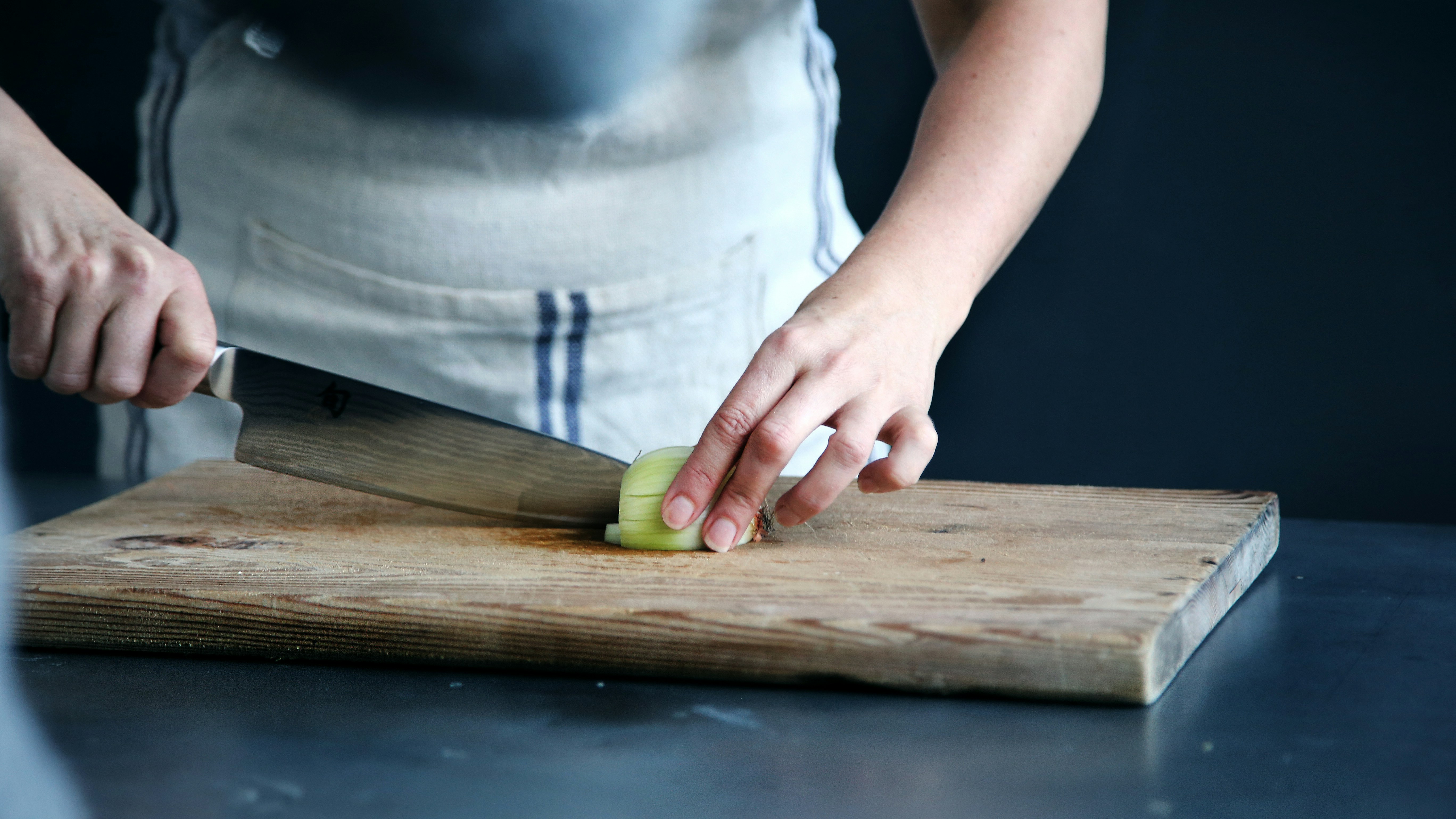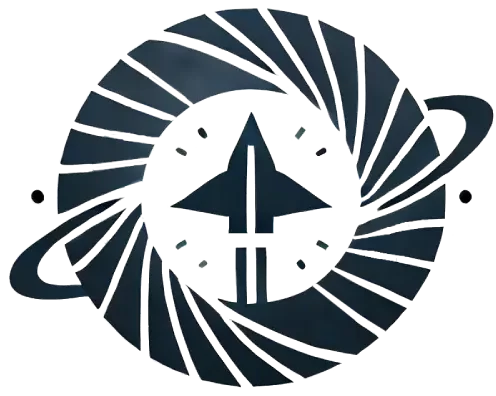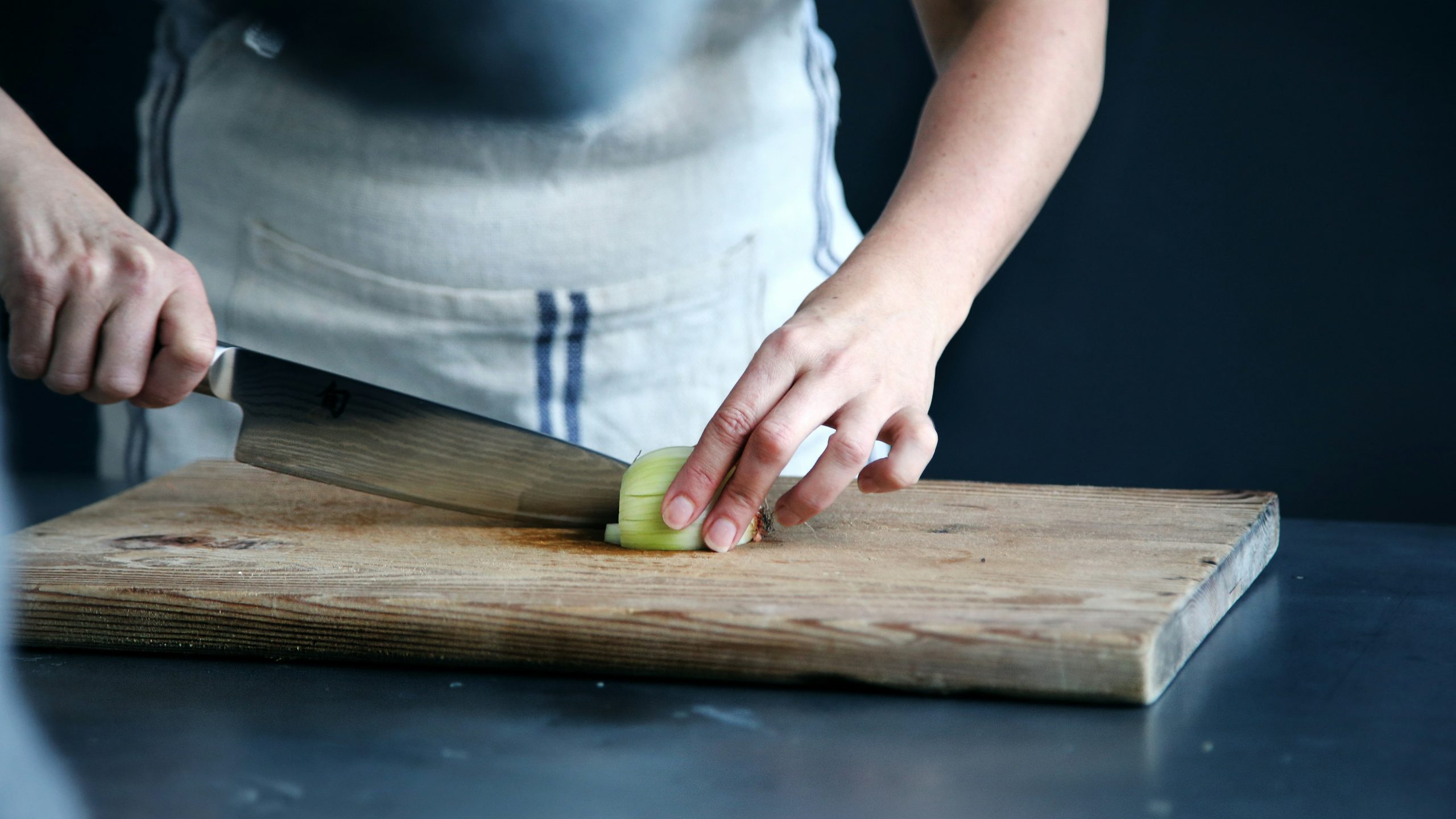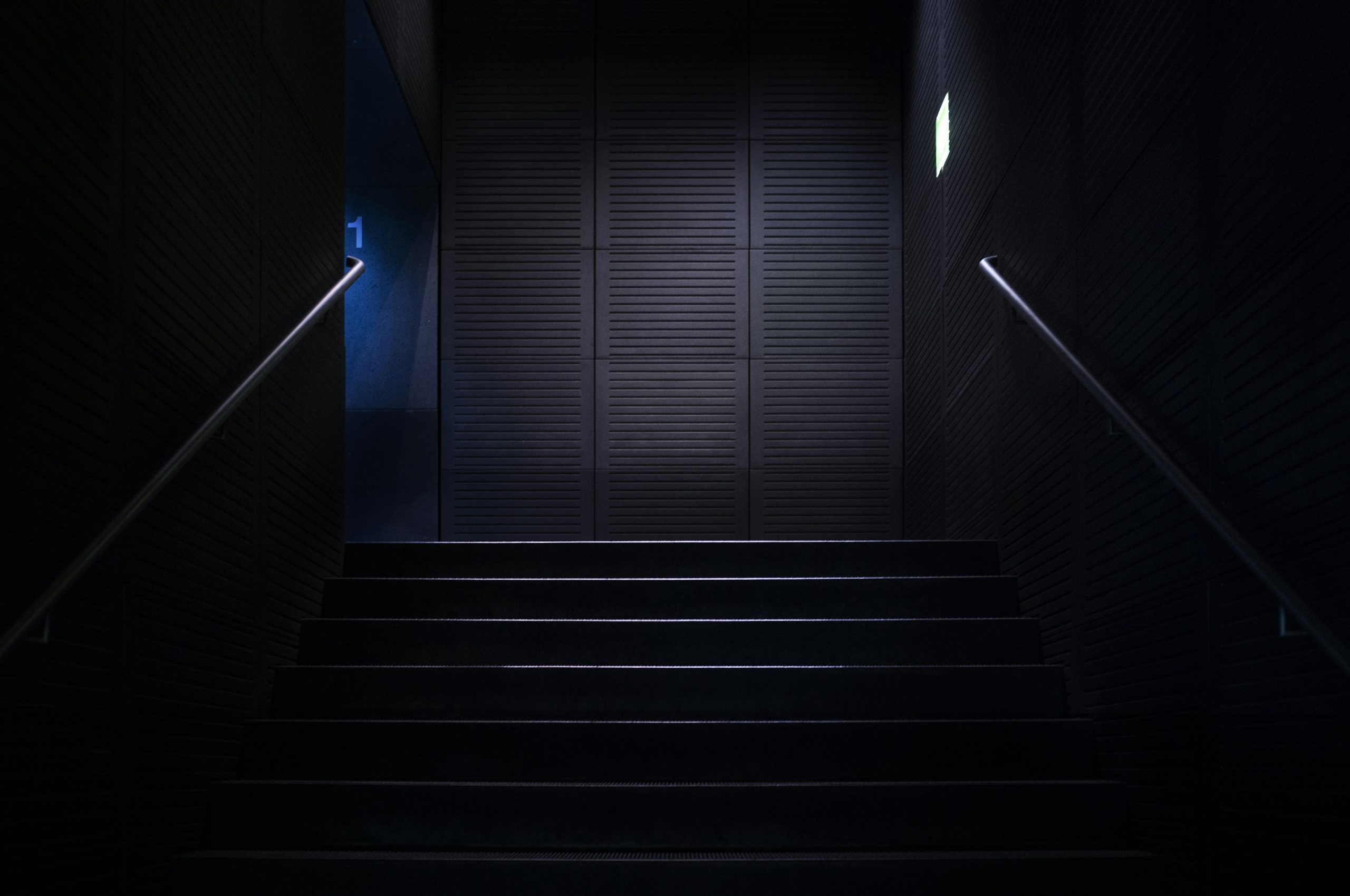Introduction to flatbed die cutting machines
In the bustling world of packaging and design, precision is everything. When it comes to cutting cardboard, finding the right tool can make all the difference. Enter the flatbed die cutting machine—an essential piece of equipment that combines efficiency with accuracy. Whether you’re in manufacturing, crafting, or any creative endeavor involving cardboard, this technology has revolutionized how we cut shapes and designs.
Imagine effortlessly transforming plain sheets into intricate patterns or custom boxes without sacrificing quality. That’s what a flatbed die cutting machine offers: versatility tailored for your specific needs. As we delve into its benefits, types, and practical tips for use, you’ll discover why this machine deserves a spot in your toolkit. Get ready to enhance your cardboard projects with precision like never before!
Benefits of using a flatbed die cutting machine for cardboard cutting

Using a flatbed die cutting machine offers numerous advantages for cardboard cutting. One major benefit is precision. These machines provide accurate cuts, ensuring that every piece meets exact specifications. This level of detail is essential in industries where accuracy matters.
Another advantage is versatility. Flatbed die cutters can handle various designs and shapes, allowing businesses to create custom packaging or unique products with ease. This flexibility helps companies stand out in a competitive market.
Efficiency is also key. With faster setup times and quicker production speeds, these machines minimize downtime and increase output. Businesses can meet tight deadlines without compromising on quality.
Additionally, Flatbed Die Cutting Machine for Cardboard they reduce waste by optimizing material usage during the cutting process. Lower wastage leads not only to cost savings but also supports sustainable practices within the industry.
User-friendly interfaces make operating these machines straightforward, even for those with limited experience in die cutting technology.
Different types of flatbed die cutting machines
Flatbed die cutting machines come in various types, each designed for specific needs. Manual flatbed die cutters are ideal for small businesses or hobbyists. They offer simplicity and ease of use without the need for complex setups.
Automatic models, on the other hand, cater to larger operations. These machines increase production speed and efficiency while reducing labor costs.
Digital flatbed die cutters have gained popularity recently. They combine precision with versatility by allowing users to cut intricate designs directly from digital files.
Rotary flatbed die cutting machines stand out for their ability to work with thicker materials like cardboard and plastics. Their unique design enables smooth cuts even on challenging substrates.
Choosing between these options depends largely on your production volume and complexity of projects you handle regularly. Each type brings distinct advantages tailored to diverse applications in the cardboard industry.
How to choose the right flatbed die cutting machine for your needs
Choosing the right flatbed die cutting machine involves several factors tailored to your specific requirements. Start by assessing your production volume. If you’re focusing on small, intricate designs, a compact model may suffice.
Next, consider the materials you’ll be working with. Different machines handle various thicknesses and types of cardboard differently.
Evaluate the precision needed for your projects. Some machines offer advanced features like digital controls or customizable dies that enhance accuracy.
Don’t overlook ease of use and maintenance requirements either; a user-friendly interface can significantly impact workflow efficiency.
Budget plays an important role. Determine what features are essential versus nice-to-have to avoid overspending while still meeting operational needs.
Tips for using a flatbed die cutting machine effectively
To maximize the effectiveness of your flatbed die cutting machine, start with proper setup. Ensure that your materials are aligned correctly before beginning any cuts. Misalignment can lead to wasted material technology and inconsistent results.
Regularly check and maintain the blades used in your machine. Dull blades can cause tearing or uneven edges, impacting the precision you need for cardboard cutting projects.
Adjust pressure settings based on the thickness of the cardboard. Too much pressure may crush intricate designs, while too little could leave uncut sections.
Experiment with different speeds during operation. Slower speeds often yield better accuracy, especially for detailed patterns.
Keep your workspace organized and uncluttered. A tidy area allows for smoother workflow and reduces distractions when operating machinery.
Maintenance and safety considerations for flatbed die cutting machines
Regular maintenance is crucial for the longevity of a flatbed die cutting machine. Start by inspecting the blades and dies frequently. Dull or damaged blades can compromise precision, leading to wasted material.
Keep the workspace clean and free from debris. Dust particles can interfere with machinery operation and affect cut quality. A tidy area promotes safety as well.
Always follow manufacturer guidelines for lubrication schedules. Properly lubricated moving parts reduce friction, minimizing wear over time.
Safety gear is non-negotiable when operating these machines. Ensure operators wear protective eyewear and gloves to guard against potential injuries from sharp edges or flying debris.
Train all users on emergency shut-off procedures. Knowing how to act swiftly in case of equipment malfunction enhances workplace safety significantly.
Successful examples of precision cardboard cutting with flatbed die cutting machines

Flatbed die cutting machines have transformed the cardboard industry, showcasing remarkable versatility and precision. Many companies have leveraged these machines to create intricate packaging designs that stand out on retail shelves.
One notable example is a custom packaging firm that produces eco-friendly boxes. By utilizing flatbed die cutting, they achieve flawless cuts even for complex shapes while minimizing material waste. This not only enhances aesthetics but also contributes to sustainability.
Another success story comes from an art supply company known for its detailed display stands. Their use of flatbed technology allows them to fabricate unique promotional materials that elevate their brand presence at trade shows and exhibitions.
These examples illustrate how businesses can harness the power of flatbed die cutting machines to innovate in design and efficiency, ultimately meeting customer demands with high-quality outputs.
Conclusion: The future of cardboard cutting
The evolution of the flatbed die cutting machine marks a significant advancement in the world of precision cardboard cutting. With technology continuously improving, these machines now offer enhanced accuracy and efficiency that were once unimaginable. The ability to cut intricate designs with ease opens up new opportunities for businesses across various industries.
As e-commerce continues to thrive, there’s an increasing demand for custom packaging solutions. Flatbed die cutting machines are poised to meet this demand, enabling companies to create tailored products that stand out in a competitive marketplace. Their versatility allows users to adapt quickly and efficiently as trends change.
Looking ahead, automation and smart technology integration will likely play pivotal roles in shaping the future of these machines. Enhanced software may streamline operations even further, making it easier for operators to design and execute complex cuts without extensive training or experience.
Sustainability is another critical factor influencing how we approach cardboard cutting moving forward. As more businesses seek eco-friendly options, flatbed die cutting machines can facilitate waste reduction through precise material usage while supporting sustainable practices within production processes.
The future holds promising possibilities for those who harness the capabilities of flatbed die cutting machines effectively—ensuring they remain at the forefront of innovation in precision cardboard applications.


